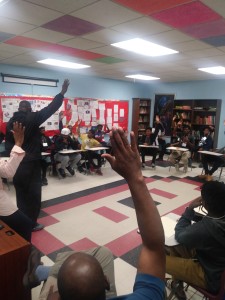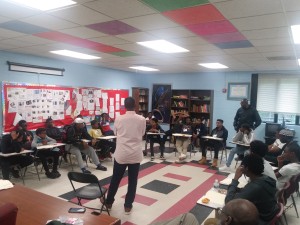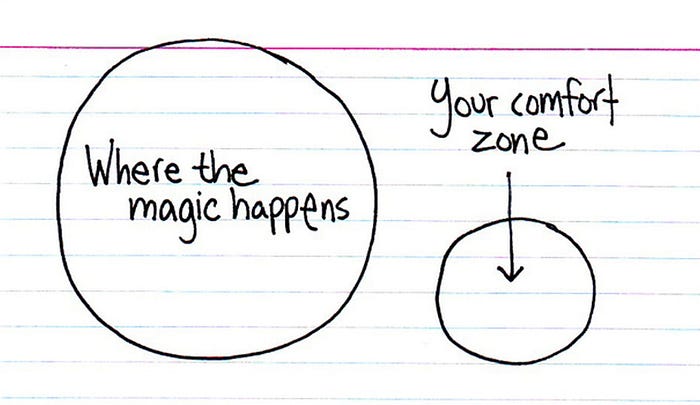
Last year, 19.9 million students entered American college and universities, and that number is expected to rise to just over 20 million in the fall of 2019, according to the National Center for Education Statistics. These students didn’t just stumble on to their respective campuses, it took a lot of hard work and planning to get there, and if you are one of the millions of people beginning your college journey this year, you know that better than anyone. If you’re nervous about the new social situation you’re about to face when you step on to campus this fall, you’re not alone. And if you are still unsure as to how you’re going to pay for the ever-increasing price of your high education, you’re DEFINITELY not alone.
With the help of The College Board, Seventeen surveyed over 110,000 students to find out more about what’s on the mind of graduating seniors as they head off to the next stage of education. The results provide a very telling look at what Gen Z is thinking about when it comes to majors, student debt, and their fears regarding the future. Read on to check out the results from our survey.
80% of graduating seniors say the biggest challenge they’re facing is the cost of college tuition and student loan debt.
It isn’t surprising that college tuition is stressing out the majority of incoming college students. According to The College Board, the price of in-state tuition and public four-year institutions have increased at an average rate of 3.1% every year since 2008. That doesn’t even include the cost of college materials, which 61% of survey respondents said paying for will be their biggest challenge.
Because of this, 40% of graduating seniors plan to take out loans to pay for college, while a third said they’re unsure if they will. Of course, with loans comes debt, and a whopping 90% of the respondents are “very or somewhat” concerned about going into debt after graduation.
Despite all of this, 1/3 of respondents didn’t apply for scholarships, citing lack of time and information as well as lack of need as the main reasons why they opted not to. In an attempt to make the scholarship application process easier—since 60% of students said that figuring our financial aid and scholarships is the hardest part of the college process—The College Board has created The College Board Opportunity Scholarships Program, which dedicates $25 million over five years to a new program that lays out six simple steps all students can take to get to college.
Consider students’ struggle with financial aid, it is unsurprising that this number is up from 54% in 2018. Students are also saving money by taking college courses, like advanced placement courses, while still in high school, with 72% of respondents saying the potential to save money was a strong to moderate reason why they decided to take these courses in early.
On average, students applied to six colleges or universities.
Students today are applying to more and more colleges that ever before. According to Money, the six schools that our respondents applied to is almost triple the amount of schools that students applied to just 15 years ago.
Of course, the more schools you apply to, the more you need to keep track of, something that some students are struggling to do. Forty-four percent of students admitted that keeping track of deadlines is the hardest part of the application process.
Over 50% are nervous about the social aspect of college.
But just getting into college is only half the battle, because once you’re there you need to survive and thrive, often times on your own, while living away from your family for the first time. Students are most commonly nervous about getting along with roommates, living in a tight space, and eating healthy, though the former takes the cake for the most responses by far.
The most popular majors are STEM focused.
STEM is having a moment, and that is made obvious by the fact that the most popular major choices included Biological Sciences, Businesses, or Health Professions, Engineering, or Psychology. On the other hand, Library science, Religious Vocations, and Military Technologies were among the least popular.
When it comes to picking their majors, 2/3 of the respondents revealed that their decision comes from a passion in the subject, with only 14% and 7% choosing based off job opportunities or earning potential.











